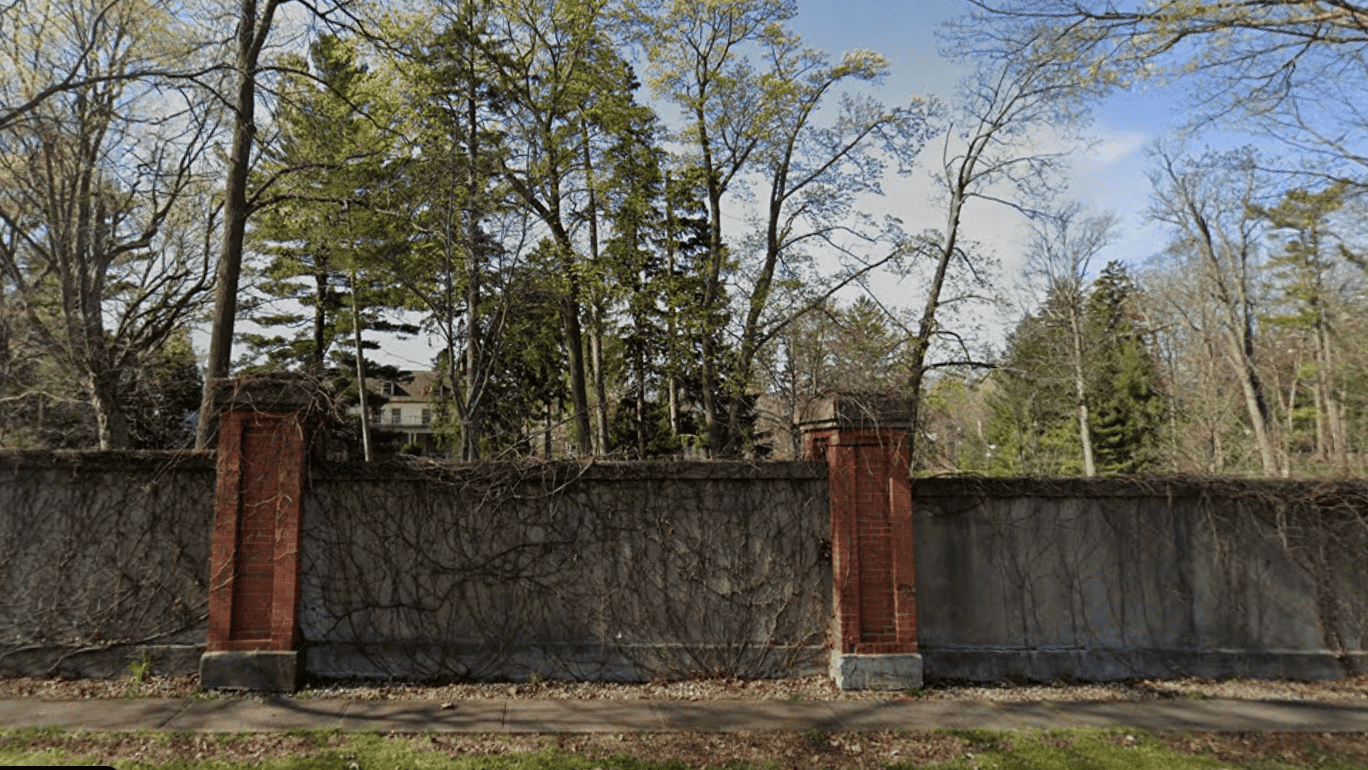More must be done to get controversial Niagara-on-the-Lake housing development approved
Published October 21, 2024 at 3:55 pm

A controversial housing development that could see 196 homes built on a site with heritage significance in Niagara-on-the-Lake will need to be refined further before it goes back to council.
Last week, the town announced that the Ontario Land Tribunal made two decisions (one is an interim decision) regarding the proposed Rand Estate development, a project that could see close to 200 homes built at 200 John Street East and 588 Charlotte Street in Old Town.
The OLT is a provincial body that examines development proposals that have, in many cases, been rejected by municipal councils.
According to an urban design brief prepared on behalf of Solmar, the company behind the development, the proposed community features a mix of detached and semi-detached homes, as well as street and laneway townhouse homes serviced by private roads, that connect to the site’s main John Street entrance.
Other features of the proposed development include a new park to the north, a Heritage Park to the east and the Whistle Stop Parkette to the west.
The proposal has been controversial, with the town and advocacy groups voicing concerns about the property due to its historical significance. In a news release, the town said the Randwood Estate has long been a property of significant heritage and community interest and that “both council and [town] staff are dedicated to continuing our efforts to balance development with the protection of our Town’s cultural and historical assets.”
ERA Architects, which has the project listed on its website, says the estate was the summer home of the Rand family over multiple generations between 1910 and 2016.
“The estate holds a vital place in the community’s history and identity, and its magnificent landscape is a significant early-20th century work of the pioneering Canadian landscape architects Howard and Lorrie Dunnington-Grubb,” the site says.
According to the urban design brief, remnants of a large brick and stone wall define the Rand Estate boundary and the property still boasts a number of historic structures, including the lodge/summer house, a carriage house/garage, a bathhouse and a tea house.
Other buildings at the proposed development site include the main house, stables, and three outbuildings/sheds.
In a news release, the town said an official plan amendment has been approved to reflect the urban area boundary as a straight line and to redesignate the lands from agricultural to low-density residential, meaning housing can be built on the property.
However, the OLT says that in order for the project to potentially proceed as planned, Solmar must “resolve many fundamental matters before a draft subdivision plan is considered for approval.” Should Solmar wish to bring the proposal before council again, it must order heritage impact assessments, find solutions for primary and emergency access to the subdivision and put forward plans for tree preservation and stormwater management.
The town says that as part of the OLT’s interim order, Solmar must advise if it intends to pursue the studies and revisions to the proposed development in accordance with the Tribunal’s findings within two months of the Oct.11 decision.
The Save Our Rand Estate (SORE) group, an advocacy organization made up of NOTL residents, called the decision a win for the town.
“The Tribunal did exactly what both the Town and SORE requested it to do- refuse to approve the application in its current form and require [Solmar owner] Benny Marotta to go back to the drawing board to come up with something appropriate for this important heritage property if he still wants to proceed with residential development on the site,” the organization said on its website.
“If he does not advise the Tribunal he is willing to abide by their decision within two months, his application will be denied in its entirety by the OLT.”
In a statement, Lord Mayor Gary Zalepa praised the OLT’s decision.
“During this term of council, we identified significant heritage attributes of the property, and I’m pleased that the OLT decision has recognized the importance of those attributes in their ruling,” he said.
“I want to thank our planning team, who supported council through this process. The recommendations of our professional planners have been recognized in the OLT’s decision, which requires the protection of many of the heritage assets and the recognition of the site as a cultural heritage landscape.”
In a statement, Zalepa said the OLT hearing has been costly and time-consuming and has had an adverse impact on the town’s budgets.
“We now look forward to hearing from the applicant regarding their next steps, and the Town remains open to meeting and discussing the path forward.”
inNiagaraRegion's Editorial Standards and Policies




